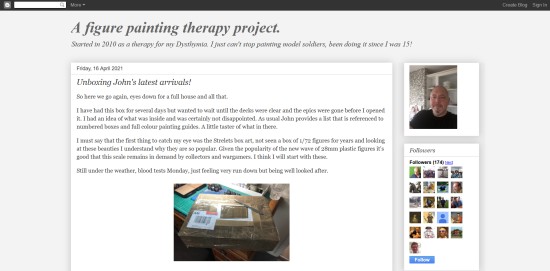Polemos WSS: Obstinate & Bloody Battle

Publisher: Baccus 6mm
First of the great dynastic struggles of the 18th Century, the War of Spanish Succession involved most of Europe. A state which did not back up its policies with troops in this period, probably supplied them as mercenaries to those which did.
Central to the causes of conflict were the expansionist ambitions of Louis XIV, King of France, which were opposed by a series of shifting alliances. Towering over the period is the figure of John Churchill, Duke of Marlborough, and his close ally Prince Eugene of Savoy.
This is the classic campaigning period. Each year, the armies marched across Europe is a colossal chess game on a board constricted by river barriers and studded with fortresses. These maneuvers culminated in great set-piece battles, including Marlborough's 'big four': Blenheim, Ramillies, Oudenarde and Malplaquet.
The War of Spanish Succession has much to recommend it to wargamers – uniforms were colorful (but are simple to paint), and maneuvers were bold and forceful. Standing armies were in their relative infancy at this time, and the period saw the founding of traditions, which were to last the centuries.
Polemos: War of Spanish Succession is specifically aimed at enabling the wargamer to fight large-scale actions; actual battles, rather than small-scale skirmishes. Systems for firing, melee and morale are straightforward and easy to learn, but allow your troops to emulate the tactics used by their historical counterparts. For instance, troops using the platoon-firing system have improved close-range factors, while others using fire by ranks are allowed to be more aggressive.
Obstinate and Bloody Battle is therefore produced as one of two sets of rules produced to cover the period. OBB enables the wargamer to recreate large battles in the era of the Duke of Marlborough, Prince Eugene of Savoy, and Marshal Villeroi. Use OBB if you want to stage the clash of major armies or recreate a historical battle, such as Blenheim or Malplaquet.
We hope to recreate the feel of warfare in this period, one of rigid linear formations, ponderous maneuvering, and close-range musketry duels, but still allow an average game to be played to the finish within three to four hours.
The same wargames figures may be used in both sets of rules, as the basing system is universal; only the nominal scale will differ.
Basing and Representation
The basic unit of maneuver in Polemos OBB is the base – a group of wargames figures mounted permanently on a single base of a given size. The actual position of the figures on the base is not important, nor is it important that the base sizes given below are adhered to. So long as both armies use the same basing system, the rules should not be affected.
- A base of infantry in Obstinate and Bloody Battle (OBB) represents between 1,350 and 1,600 men. This represents from two to five battalions, depending on the army being represented and the level of attrition the army has suffered. In many armies, a base will represent a brigade of infantry. In other cases, where armies historically had stronger brigades, they will be represented by two bases.
- A base of cavalry in OBB represents 750 to 900 men. This represents from five to eight squadrons (i.e., in most cases, a brigade). A cavalry base is assumed to include quite a bit of empty space to allow for maneuvering, and to enable friendly troops to pass through each other.
- An artillery base represents eight to ten guns.
- All distances in Polemos games are expressed in Base Widths (BW) and Base Depths (BD) in order to allow the use of differing base sizes. A BD is half a BW.
- This system means that any size can be used for bases, so no rebasing is required, so long as both sides are consistent. We believe that a 60mm x 30mm base gives the best results in terms of both practical use and visual impact. All Baccus 6mm Polemos army and booster packs are organized on this basis.
Price – $13.58 USD










